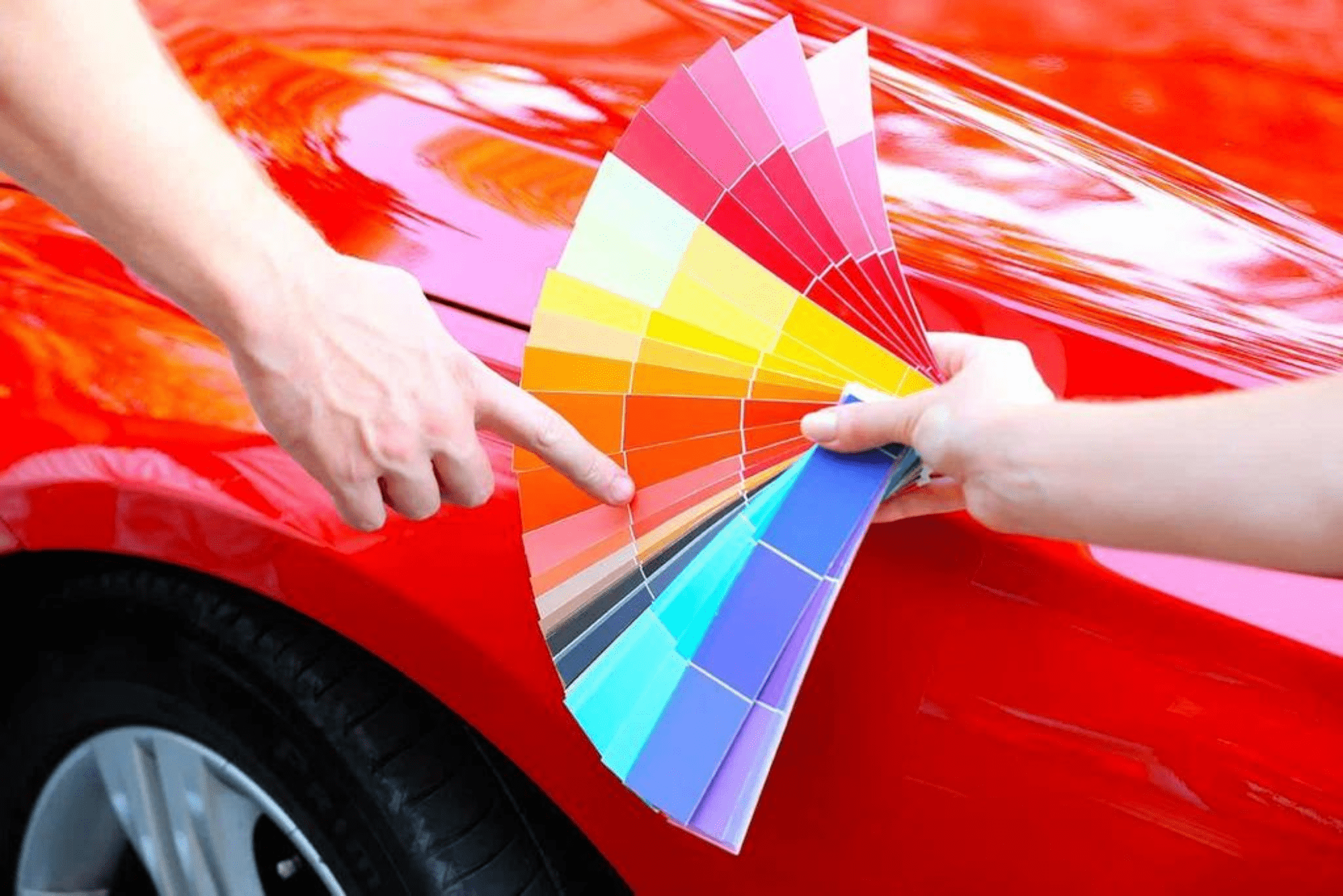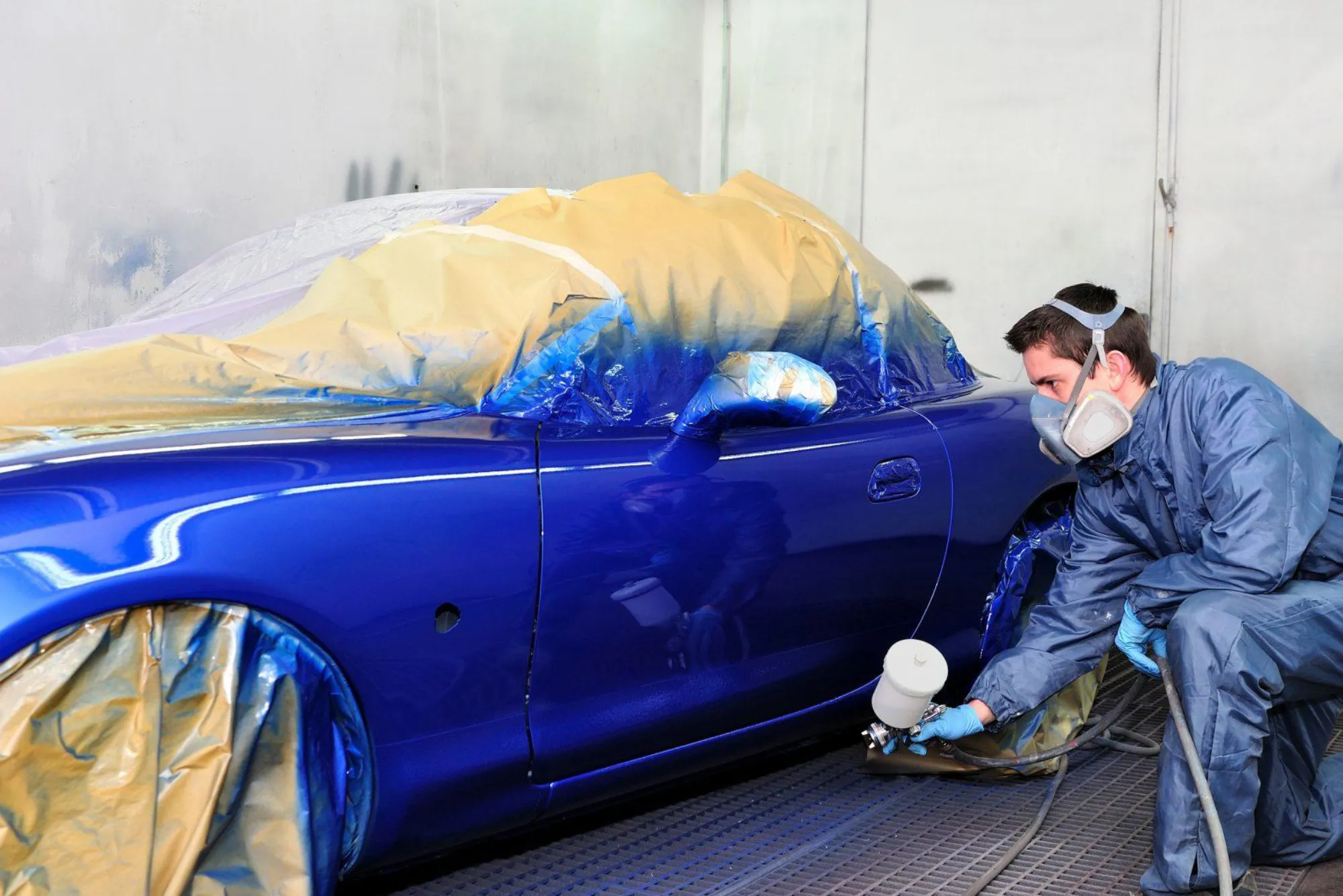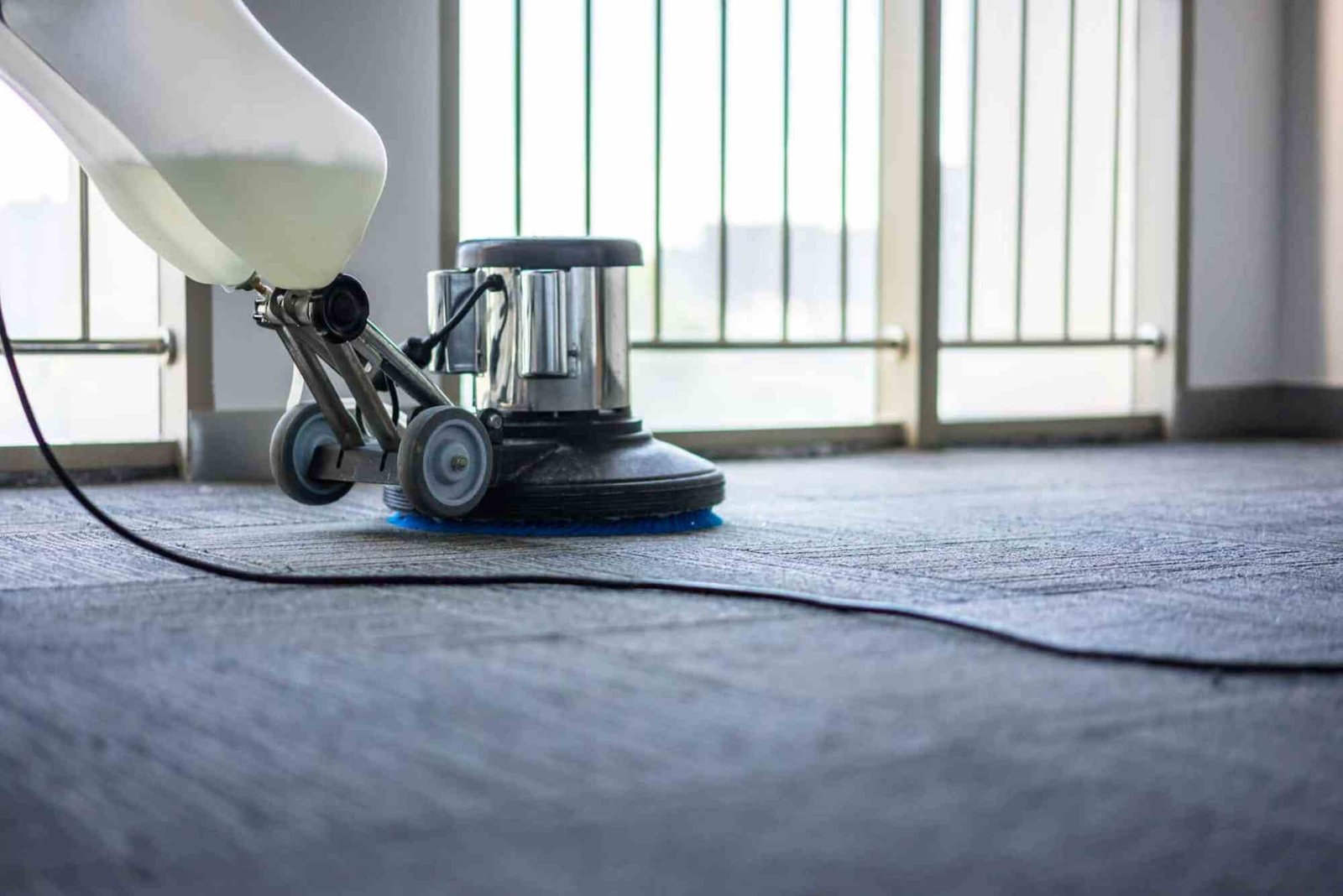Changing the color of your car is a transformative process that can enhance its appearance and potentially increase its value. This guide will provide a detailed look at the methods to change car color, including preparation, application, and maintenance tips.
Why Change Car Color?
Personalization
Changing your car’s color allows you to personalize your vehicle to match your style. Whether you want a bold, eye-catching hue or a more classic shade, a new color can make your car uniquely yours.
Resale Value
A new color can also impact your car’s resale value. Cars in popular, neutral colors tend to have better resale value, as they appeal to a wider range of buyers. A fresh color can make your vehicle more attractive to potential buyers and help it sell faster.
Addressing Damage
If your car’s paint is damaged, faded, or scratched, a great way to fix this is to change car color. A new coat of paint can cover imperfections and restore the car’s appearance, making it look new again.
Methods to Change Car Color
| Method | Cost | Durability | Maintenance |
|---|---|---|---|
| Professional Respray | $2,000 – $5,000 | High | Regular washing and touch-ups |
| Vinyl Wrapping | $1,500 – $3,500 | Medium | Regular washing and inspection |
| Plasti Dip | $500 – $1,500 | Low | Frequent touch-ups and reapplication |
Professional Respray
A professional respray involves applying a new coat of paint to your entire vehicle. This method offers a permanent way to change car color and provides a high-quality finish. The process typically includes:
- Preparation: Thoroughly cleaning the car and addressing any surface imperfections.
- Sanding: Sanding the car to ensure proper adhesion of the new paint.
- Priming: Applying a primer coat to create a smooth base.
- Painting: Applying several layers of color paint, allowing each to dry before adding the next.
- Clear Coating: Finishing with a clear coat to protect the paint and enhance its gloss.
A professional respray is durable and can offer a wide range of colors and finishes, but it is also the most expensive and time-consuming method to change car color.
Vinyl Wrapping
Vinyl wrapping is an alternative method to change car color. It involves applying a thin vinyl film over the existing paint. The process includes:
- Cleaning: Thoroughly cleaning the vehicle and addressing surface imperfections.
- Applying Vinyl: Carefully applying the vinyl film to the car, using heat to conform it to the vehicle’s shape.
- Trimming: Trimming excess vinyl around edges and seals, ensuring the film is securely applied.
Vinyl wrapping offers flexibility for future changes in case you want to change car color again, though it may not be as durable as a professional respray.
Plasti Dip
Plasti Dip is a rubberized coating that can be sprayed onto your car, providing a temporary way to change car color. The process involves:
- Preparation: Cleaning the car and removing any wax or sealant.
- Applying Plasti Dip: Spraying Plasti Dip in thin, even layers, allowing each coat to dry before applying the next.
- Curing: Allowing the Plasti Dip to fully cure before using the vehicle.
Plasti Dip is a budget-friendly way to change car color, though it may require frequent touch-ups and is less durable compared to other methods.
Step-by-Step Process to Change Car Color
Preparing Your Car
Preparation is crucial for a successful color change. Start by thoroughly cleaning the car to remove any dirt, grime, and debris. Address any surface imperfections, such as dents and scratches, to ensure a smooth finish. Protect areas that will not be painted or wrapped by masking them with tape and plastic sheeting.

Applying the New Color
For Professional Respray: Apply a primer coat to create a smooth base. Use a spray gun to apply the color coat in multiple layers, allowing each to dry before applying the next. Finish with a clear coat for protection and gloss.
For Vinyl Wrapping: Apply the vinyl film carefully, using a squeegee to smooth out bubbles and wrinkles. Heat can be used to stretch the vinyl and ensure it conforms to the car’s curves. Trim excess vinyl and ensure it is securely applied.
For Plasti Dip: Apply Plasti Dip in thin, even layers, allowing each layer to dry before adding the next. Follow the manufacturer’s instructions for the number of coats and curing time.
Finishing Touches
After applying the new color, inspect the finish for any imperfections or uneven areas. Carefully remove any masking tape or plastic sheeting, taking care not to damage the new finish. Allow the new color to set and cure according to the manufacturer’s instructions before exposing the car to harsh conditions.
Maintenance and Care After You Change Car Color
Regular Washing
Maintain the appearance of your newly colored car by washing it regularly with gentle, non-abrasive products. Use soft cloths or sponges to avoid scratches, and avoid harsh chemicals that could damage the paint or wrap.
Protecting from Elements
Protect the finish from environmental elements by parking in shaded areas or using a car cover to shield it from UV rays. For vinyl wraps and Plasti Dip, consider applying a protective layer to extend their lifespan.
Regular Inspection
Inspect the finish regularly for signs of damage or wear. Address any issues promptly to prevent further deterioration. For professional resprays, periodic touch-ups can help maintain the finish and address minor damage.
Changing your car’s color is a significant and rewarding project. By choosing the right method—whether a professional respray, vinyl wrapping, or Plasti Dip—you can achieve a stunning transformation that enhances your vehicle’s appearance and value. Understanding the process, costs, and maintenance involved will help you make an informed decision and ensure a successful outcome when you change car color.










